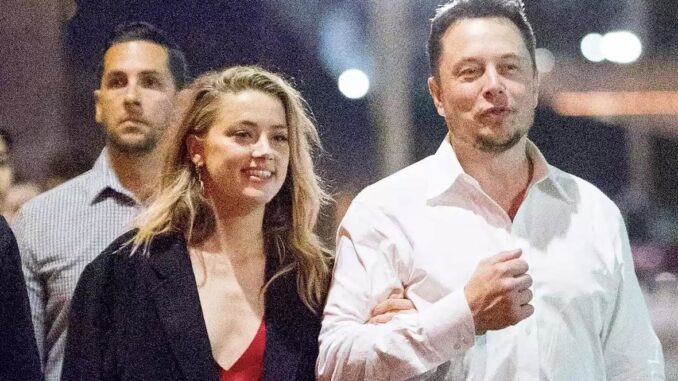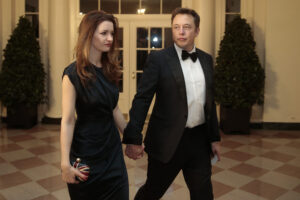
Elon Musk is known for his ambitious and often audacious plans. His latest vision? Humanoid robots. Musk recently announced that Tesla will start producing these robots for internal use next year. By 2026, he hopes to have them in high production for other companies. This announcement, made on the social media platform X (formerly Twitter), has generated a lot of buzz.
The robot, named Optimus, is designed to perform tasks that are often repetitive, dangerous, or just plain boring. Imagine a robot folding clothes, handling logistics, or working on the assembly line. This isn’t science fiction anymore- it’s becoming reality. Musk first introduced the Optimus project last year with a prototype called Bumblebee. Recently, Tesla shared a video of the next-generation robot folding a T-shirt, showcasing its progress and potential.
Humanoid robots aren’t a new concept. Companies like Honda and Hyundai’s Boston Dynamics have been working on them for years. The idea is to address labor shortages and make certain jobs safer and more efficient. With Tesla joining the fray, the competition and innovation in this space are set to intensification.
Musk has a history of making grand promises. In 2019, he claimed that Tesla would have a network of autonomous “robotaxi” cars by 2020. That hasn’t happened yet. Just last week, he mentioned that the robotaxi design needed significant changes, delaying its release even further. This track record makes some people skeptical about the Optimus timeline.

Despite the skepticism, there’s no denying Musk’s influence and Tesla’s technological prowess. Tesla’s shift in focus towards artificial intelligence, autonomous driving software, and now humanoid robots indicates a broader strategy. This shift comes at a time when the demand for Tesla’s electric vehicles is tapering off. More than 80% of Tesla’s revenue still comes from EVs, but Musk is clearly looking to diversify.
On Tuesday, Tesla will report its second-quarter results. Analysts expect the company’s profit margins to hit a five-year low. Yet, the spotlight remains on Musk’s ambitious projects. The future of Tesla seems to be about much more than cars.
Musk’s vision for Optimus could revolutionize multiple industries. If these robots can indeed perform tasks reliably, they could transform manufacturing, logistics, healthcare, and more. It’s a futuristic vision, but with Musk at the helm, it’s one that’s inching closer to reality. Whether Optimus meets its deadlines or not, it’s clear that Musk’s relentless drive to innovate is far from slowing down.
